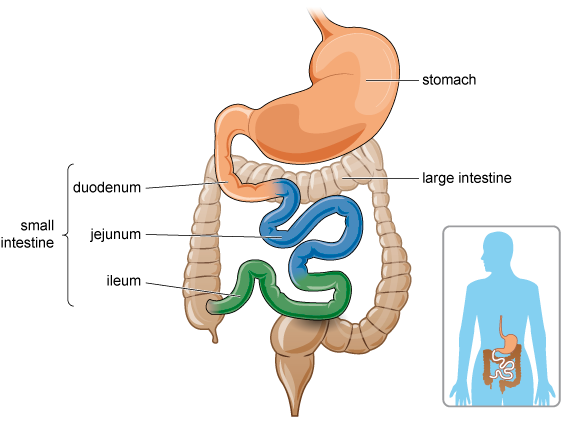The gut microbiome – balancing the body
Introduction
Did you know that there are an estimated 37 trillion human cells in the adult body? In fact, there are only an estimated 100-400 billion stars in the Milky Way, so there are more cells in the human body than there are stars in the Galaxy!
In addition to human cells, there are also another 30-100 trillion non-human cells, such as bacteria, archaea and fungi, and non-living organisms such as viruses, that live on or in the human body. These microscopic organisms (microorganisms) and their interactions with a specific environment, such as the gut or skin, are known as the microbiota. You may be more familiar with the terms ‘friendly bacteria, commensal bacteria, or flora’. The organisms of the microbiota, their genetics and the substances they release interact with each other and their environment to form the microbiome. Humans have several microbiomes, including in the gastrointestinal tract (gut), urogenital tract (urinary and genital systems) and on the skin.
Scientific research is increasingly showing the importance of these microbiomes for the correct functioning of the human body and for maintaining health. In fact, disruption to these microbiomes can lead to a number of long-term health conditions, such as cardiovascular and respiratory diseases, some cancers and some mental health disorders.
The gut microbiome is the largest and most diverse of the microbiomes and is particularly important in maintaining optimal health. However, there are numerous factors which can affect the balance of the microorganisms in the gut microbiome, such as genetics, age, menopause, pollutants, and diet. The microorganisms of the gut microbiome are located throughout almost the entire length of the gastrointestinal tract (gut). The main anatomical components of the GI tract can be seen in Figure 2.
During this free course, The gut microbiome – balancing the body, you will initially explore the gut microbiome in more detail. You will learn about the typical components of the gut microbiome, and how every human’s microbiome is unique, before moving on to consider the various functions of the gut microbiome. You will then look at factors that can affect the microorganisms of the gut microbiome, and how this can contribute to the development of a number of common health conditions. The course will conclude by briefly looking at some of the ways in which we can improve the health of our gut microbiomes.
After studying this course, you should be able to:
- demonstrate and understand what the gut microbiome is and outline how it functions within the human body
- describe some of the ways the gut microbiome can be altered by factors including genetics and age, as well as lifestyle factors, such as diet and exercise
- explain the importance of the gut microbiome for human health
- recognise the impact of dysbiosis on the development of various health conditions
- outline strategies to improve the health of the gut microbiome.
This OpenLearn course is an adapted extract from the Open University course SK190 Human biology: a body in balance [Tip: hold Ctrl and click a link to open it in a new tab. (Hide tip)] .


